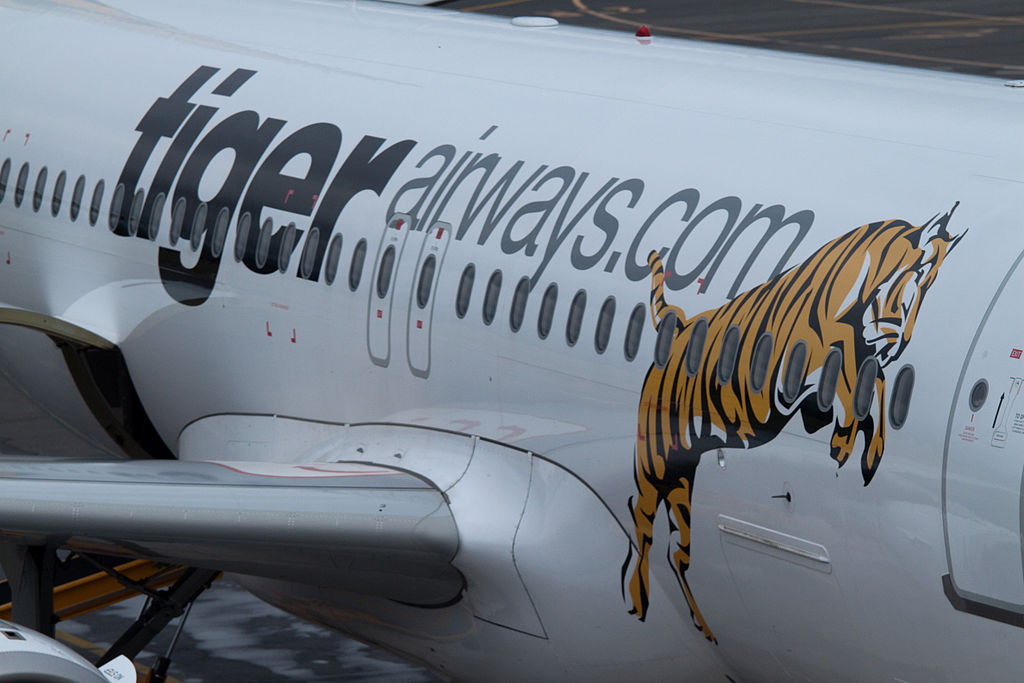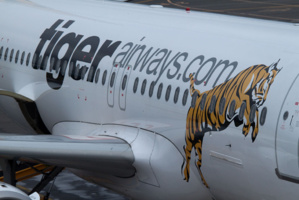Eight discounter airlines have created the world's largest alliance of low-cost carriers, said Bloomberg citing the airline Vanilla Air, which joined the alliance.
The new structure is called Value Alliance. Apart from Vanilla Air, controlled by Japan's ANA, the alliance includes Scoot and Tiger Airways by owned Singapore Airlines, Tiger Airways Australia (operates under Tigerair Australia brand), Nok Air and NokScoot from Thailand (Nok Air and Scoot’s joint venture), Philippine’s Cebu Pacific Air and South Korea's Jeju Air. Scoot’s CEO Campbell Wilson told reporters that any desiring carrier can enter the alliance.
However, the region’s most famous low-cost airlines are still hesitating to join the alliance. Among them are Malaysian AirAsia, Australia's Jetstar, owned by Qantas Airways, and the leader of air travel in India IndiGo. InterGlobe Aviation company, IndiGo’s operator, declined to comment. AirAsia’s head Tony Fernandes and Jetstar's press service did not respond to requests for comment.
Collectively, Value Alliance members operate transportation in more than 160 destinations. Their fleet of carriers includes a total of 176 aircraft. AirAsia and AirAsia X Bhd collectively operate 199 aircraft, IndiGo - 108.
In mid-January 2016, Chinese HNA Group announced establishment of q low-cost alliance. The alliance, known as U-FLY, includes carriers such as HK Express, Lucky Air, Urumqi Air and West Air. In total, as of the end of 2015, they owned 67 airplanes. All four airlines are controlled by HNA Group, and the latter has announced that it is considering possibility of allowing independent carriers into the alliance.
It seems that airlines are trying to derive the most benefit from the current situation. Earlier in April, it was reported that the oil market experienced a sharp increase in demand for long-term futures with delivery of Brent and WTI brands at the end of 2017, 2018th and even 2019th years.
According to Reuters, airlines resumed buying futures, trying to hedge against rising fuel prices in the run-up to the meeting of representatives of the largest countries - oil exporters.
source: bloomberg.com
The new structure is called Value Alliance. Apart from Vanilla Air, controlled by Japan's ANA, the alliance includes Scoot and Tiger Airways by owned Singapore Airlines, Tiger Airways Australia (operates under Tigerair Australia brand), Nok Air and NokScoot from Thailand (Nok Air and Scoot’s joint venture), Philippine’s Cebu Pacific Air and South Korea's Jeju Air. Scoot’s CEO Campbell Wilson told reporters that any desiring carrier can enter the alliance.
However, the region’s most famous low-cost airlines are still hesitating to join the alliance. Among them are Malaysian AirAsia, Australia's Jetstar, owned by Qantas Airways, and the leader of air travel in India IndiGo. InterGlobe Aviation company, IndiGo’s operator, declined to comment. AirAsia’s head Tony Fernandes and Jetstar's press service did not respond to requests for comment.
Collectively, Value Alliance members operate transportation in more than 160 destinations. Their fleet of carriers includes a total of 176 aircraft. AirAsia and AirAsia X Bhd collectively operate 199 aircraft, IndiGo - 108.
In mid-January 2016, Chinese HNA Group announced establishment of q low-cost alliance. The alliance, known as U-FLY, includes carriers such as HK Express, Lucky Air, Urumqi Air and West Air. In total, as of the end of 2015, they owned 67 airplanes. All four airlines are controlled by HNA Group, and the latter has announced that it is considering possibility of allowing independent carriers into the alliance.
It seems that airlines are trying to derive the most benefit from the current situation. Earlier in April, it was reported that the oil market experienced a sharp increase in demand for long-term futures with delivery of Brent and WTI brands at the end of 2017, 2018th and even 2019th years.
According to Reuters, airlines resumed buying futures, trying to hedge against rising fuel prices in the run-up to the meeting of representatives of the largest countries - oil exporters.
source: bloomberg.com






